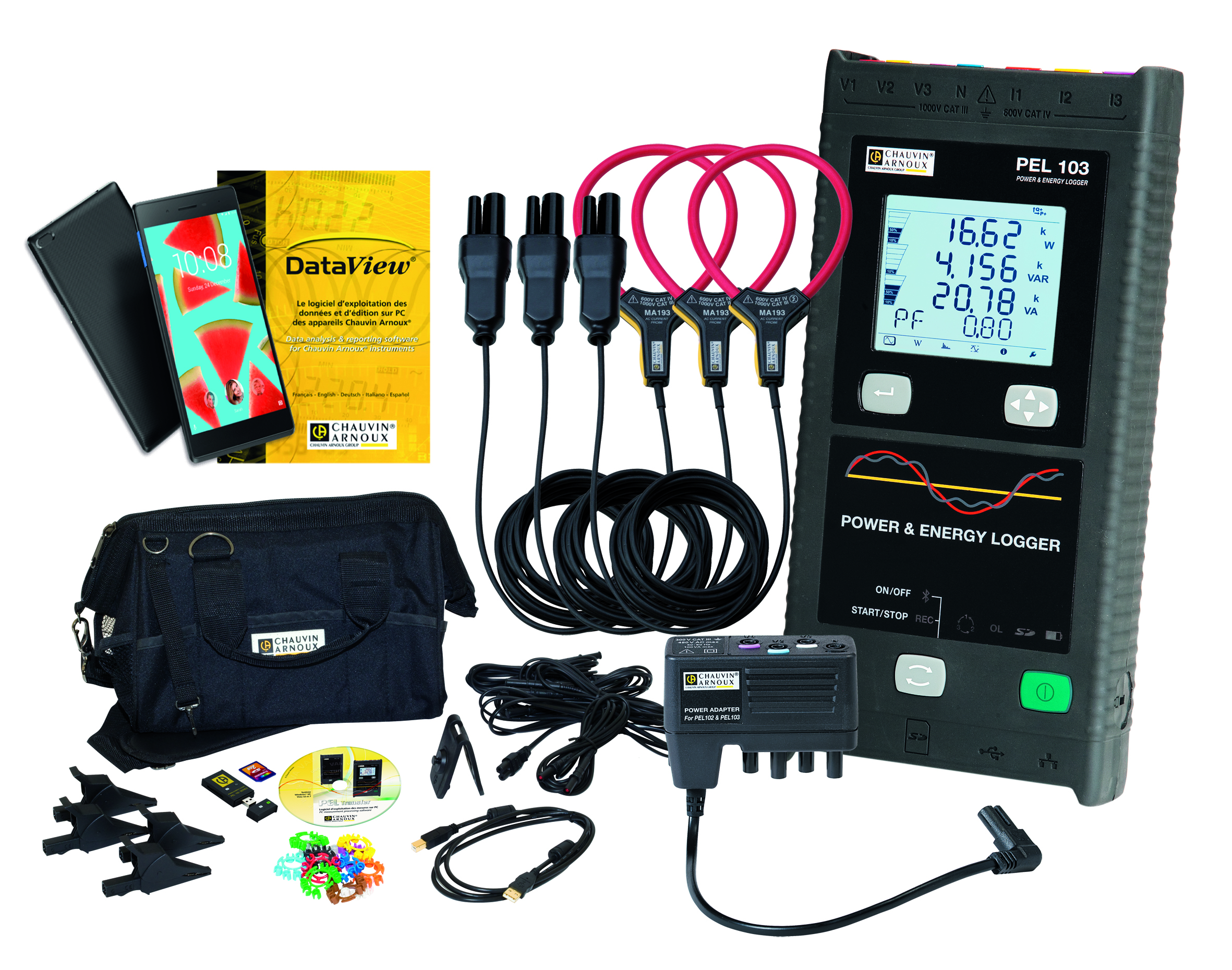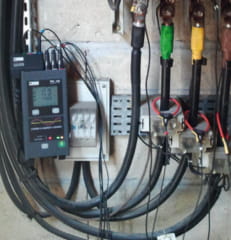There are great savings to be made in electricity costs…however…
In recent years there has been a steady increase in the number of businesses that have been created to help other businesses save energy, through either renegotiating existing contracts, or switching suppliers to get a better deal.

Hardly surprising since a Competition and Markets Authority study in 2015 revealed 40% of businesses hadn’t switched supplier in the past five years, and 39% had never switched. There is also a lot of money to be saved, with advertisements quoting potential electricity cost reductions of up to 45%.
With state of the art energy comparison engines, and other methods for getting the cheapest tariffs, along with price negotiation brokers, decisions to switch can be easily made.
This is all good news. But while switching supplier may be something that is relatively easy to implement and see the savings, there is another side to reducing energy costs that can provide savings of a similar order.
According to the Carbon Trust, typically, 20% of a business’ annual energy costs are due the use of energy inefficient equipment. A British Gas survey of 6000 smart meters showed 46% of SME total electricity use is out of hours between 6pm and 8am. There are claims that many industrial installations are seeing a 50% reduction in efficiency from heat loss due to poor or missing pipe lagging, and up to 60% of an offices heat is lost through the fabric of the building.
Apart from the obvious financial savings to be made by reducing or resolving these losses, there is The Carbon Cost Reduction Commitment Scheme charging levies on all businesses in an attempt to reduce the UK’s carbon footprint, and of course the general desire in us all to reduce emissions and lessen our impact on the environment.

Thankfully, determining your energy use, including where and when it is being used, as well as identifying energy inefficient equipment, has never been easier thanks to Power and Energy Loggers or PELs.
Modern PELs are compact, lightweight, electronic monitoring instruments used for collecting electrical data. They can be temporarily placed in distribution panels or around the facility without difficulty, and without the need to interrupt the mains supply or shut down the installation or office building first.
PELs gather data and calculate electrical parameters such as 3-phase current, voltage, power and energy, and are also able to indicate phase angle cos φ, tan Φ, power factor, THD and harmonic levels.

They are capable of storing millions of readings, and data can be retrieved locally or remotely via Bluetooth, USB or Ethernet. Combine a number of PELs together for the ability to track several consumption points around the facility, or multiple facilities, without the expense of travel to retrieve the data.
It makes absolute sense to shop around for the best electricity supplier that caters for your needs, and even more sense to resolve efficiency issues and stop wasting it too!

